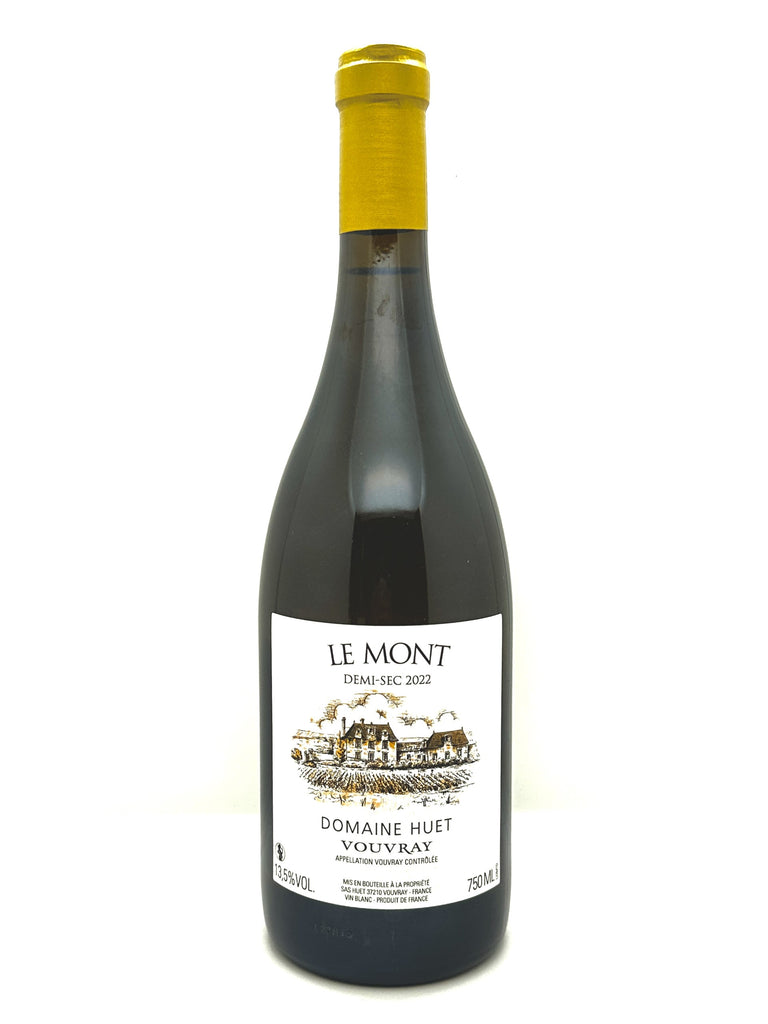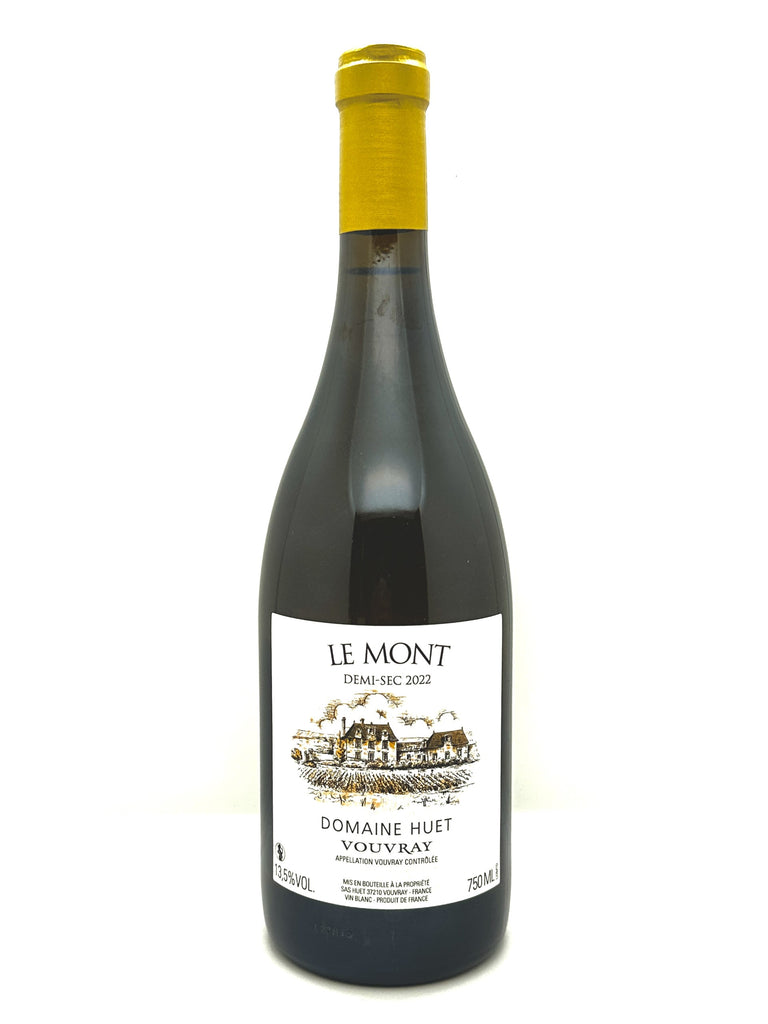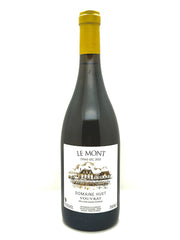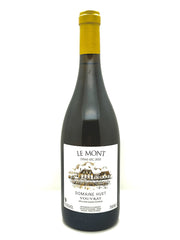Tasting Notes
95 points from Rebecca Gibb in Vinous.com. Acknowledged since the 15th Century as being one of the most distinguished sites in the appellation, The eight hectares within Le Mont is also known locally as Perruches, a name given to the greenish tinged clay soils flecked with perrons, fist-sized pebbles of flint. As with Le Clos du Bourg, it is positioned on the first coteaux, two kilometres further to the east. The soil here is more profound, with the vines needing to delve deeper to access the honeycomb coloured tuffeau below. Regardless of the style of wine produced, Le Mont is usually the last vineyard to be picked, the late ripening is reflected in the maturation of the wines themselves, since they are usually the last to develop in bottle. #tasting# Sec and Demi-SecTraditionally, the drier styles (known as sec) have always had around 4 or 5 grams of residual sugar which help to reign in the striking acidity. More recently though (and see this as more evidence of global warming) the levels of residual sugar have been gradually rising. One should not be too concerned over the rise in sugar levels, as ultimately the quality rests with the overall balance of the wine. It is normal in most vintages to produce a demi-sec, literally meaning half-dry. This much maligned category is recognised by the purists as the defining style of the appellation. On average they will have about 18-20 grams per litre of residual sugar, yet retain perfect poise and balance due to the acid. Since its founding in 1928, Vouvray’s Domaine Huet has been the standard-bearer for great, age-worthy Chenin Blanc. And to this day, year after year, the estate produces some of the world’s most compelling white wines—and in a remarkable range that spans sparkling, dry, semi-dry, and breathtaking dessert styles. Chenin Blanc has been identified with Vouvray since at least the 9th century, and many of its great vineyards were known by the 14th century.
More Info
95 points from Rebecca Gibb in Vinous.com. Acknowledged since the 15th Century as being one of the most distinguished sites in the appellation, The eight hectares within Le Mont is also known locally as Perruches, a name given to the greenish tinged clay soils flecked with perrons, fist-sized pebbles of flint. As with Le Clos du Bourg, it is positioned on the first coteaux, two kilometres further to the east. The soil here is more profound, with the vines needing to delve deeper to access the honeycomb coloured tuffeau below. Regardless of the style of wine produced, Le Mont is usually the last vineyard to be picked, the late ripening is reflected in the maturation of the wines themselves, since they are usually the last to develop in bottle. #tasting# Sec and Demi-SecTraditionally, the drier styles (known as sec) have always had around 4 or 5 grams of residual sugar which help to reign in the striking acidity. More recently though (and see this as more evidence of global warming) the levels of residual sugar have been gradually rising. One should not be too concerned over the rise in sugar levels, as ultimately the quality rests with the overall balance of the wine. It is normal in most vintages to produce a demi-sec, literally meaning half-dry. This much maligned category is recognised by the purists as the defining style of the appellation. On average they will have about 18-20 grams per litre of residual sugar, yet retain perfect poise and balance due to the acid. Since its founding in 1928, Vouvray’s Domaine Huet has been the standard-bearer for great, age-worthy Chenin Blanc. And to this day, year after year, the estate produces some of the world’s most compelling white wines—and in a remarkable range that spans sparkling, dry, semi-dry, and breathtaking dessert styles. Chenin Blanc has been identified with Vouvray since at least the 9th century, and many of its great vineyards were known by the 14th century.



